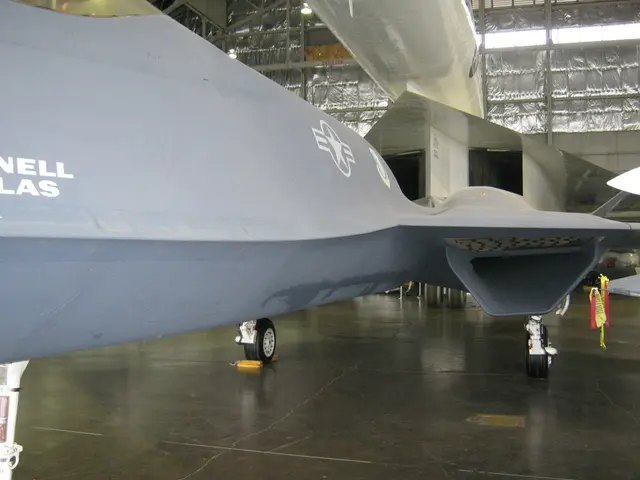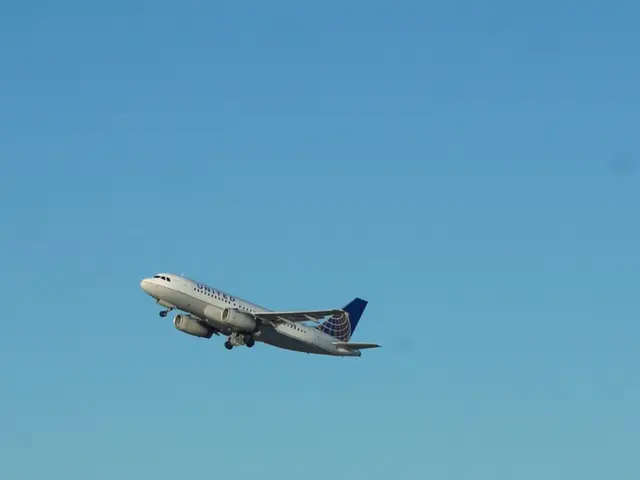Air Traffic Control System Enters Emergency Mode
Chatty Guide to Aviation Emergencies 🛩️ 🔥
Hey there! Today, we're diving into the rollercoaster ride that is managing emergency situations in the world of aviation. Buckle up, because it can get bumpy! 🎢
Whether you're navigating through the skies high above or controlling air traffic from the ground, emergencies are unfortunately quite common in the aviation world. Let's explore a few instances that might crop up.
Radio Silence 📻
Imagine this: an aircraft grappling with technical issues during navigation, the radio conks out. This is a high-risk situation, especially considering the intensity of air traffic moments with a glitch like this. With a predetermined procedure, the plane can make a landing without reaching out to air traffic control. What sets off the alarm? The aircraft will change its transponder code to 7600, alerting others around it.
Takeover in the Cockpit 🏙️
This is one of the more alarming emergencies, where an aircraft has been hijacked. Let's hope it's just by rowdy passengers, and not for nefarious purposes. The pilot might be under heavy duress, and potentially unable to communicate with air traffic control. The aircraft changes its transponder code to 7500, alerting others it's in trouble.
Landing Gear Snafu 🚪
Technical issues can cause the landing gear to not fully extend, or even fail to lock. In such cases, the aircraft might perform a low pass over the airfield to help ground control see the problem. If necessary, the pilot could request fuel dumping in the air to reduce weight, minimizing the risk of a fire on landing. The priority here is arranging safe traffic for other aircraft and confirming the runway for the landing. In some cases, the airfield might even be covered with foam to allow a safe landing on the plane's body!
Electric Shock ⚡️
A lightning strike can cause issues with the aircraft's electrical system or compromise contact with air traffic control. The pilots might experience temporary blindness, and the navigation systems may be affected. In such situations, the aircraft could request a diversion.
Bird in the Air (and Not the Leisurely Kind) 🦆
Bird strikes cause significant concerns for flight safety, often causing substantial damage and posing risks to both aircraft and passengers. Most bird strikes happen during takeoff or landing, with collisions leading to engine failure or other system malfunctions.
Cabin Chaos 🪒
Problems with cabin pressure can lead to oxygen loss, and increased pressure inside the human body. This can create hazardous conditions, with items floating around and causing injury, potentially leading to short-term unconsciousness. The duration of this varies, depending on the altitude, the extent of the damage, and the aircraft's structure. In high-altitude situations, the pilot might request an immediate descent and, depending on the flight level, could descend rapidly.
Time Bomb
- In the comprehensive realm of the aerospace industry, the fusion of aviation, finance, and transportation plays a crucial role in enhancing flight safety and managing emergency situations.
- During periods of aviation emergencies, the importance of industry collaboration cannot be overstated, especially when addressing complex problems such as electrical Malfunctions caused by lightning strikes or issues with the aircraft's communication systems.
- In the face of aviation emergencies, thorough safety measures and efficient decision-making in the finance sector are essential for ensuring the well-being of passengers, enhancing transportation infrastructure, and fostering a reliable and secure environment in the aviation industry.








